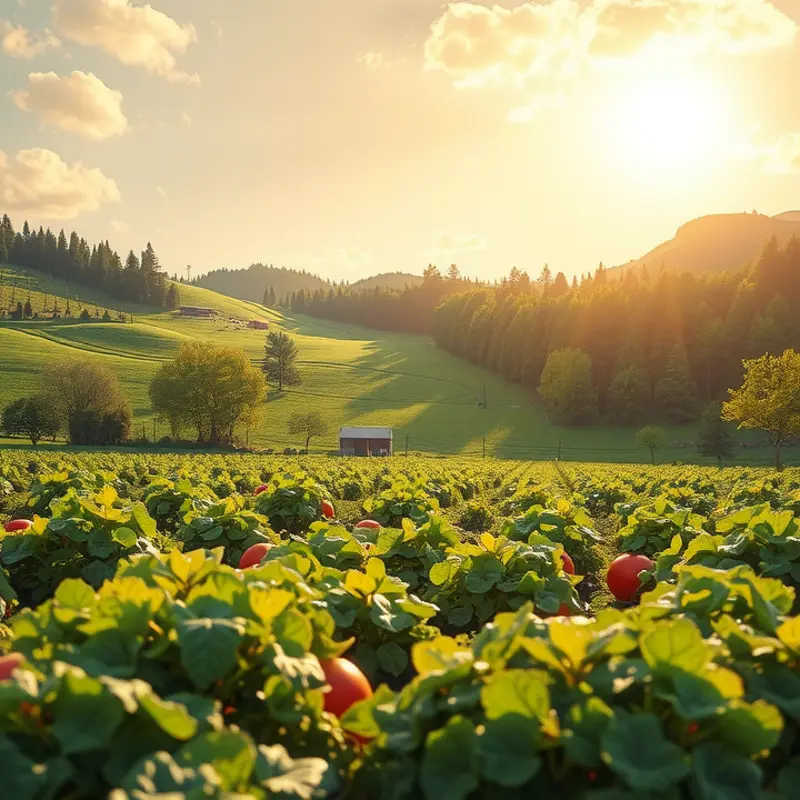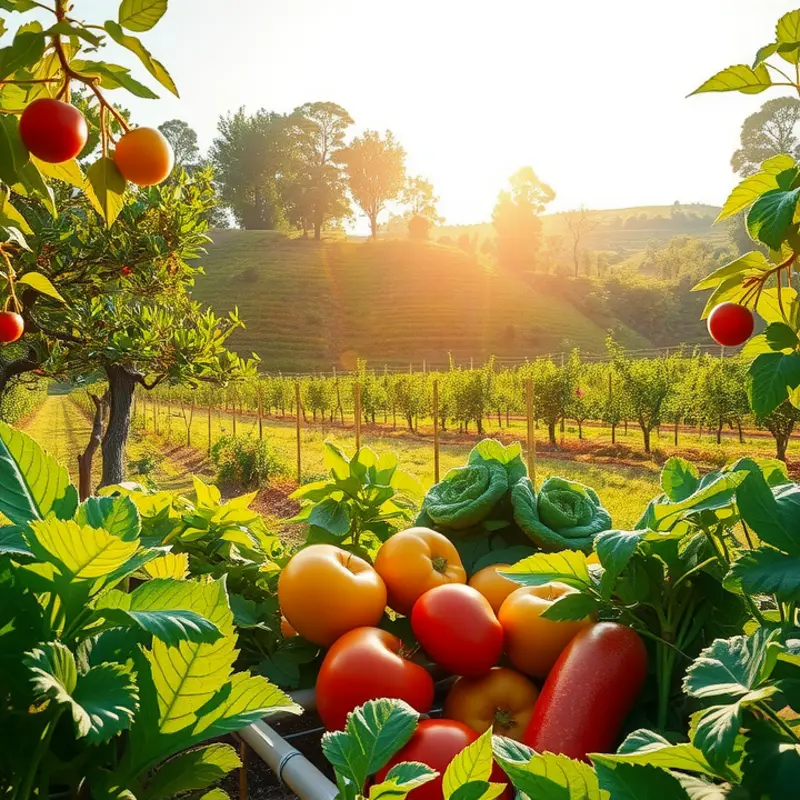The ocean, a vast expanse of beauty and resources, has shaped the culinary customs of the Pacific Islands, Australia, and beyond. From the fresh catch of the day to the simple yet wholesome ingredients cultivated in fertile patches of land, the food traditions of oceanic cultures are as diverse as the waters that surround them. Each dish tells a story of heritage, survival, and the deep connection between food and identity. Let’s explore these vibrant culinary practices that offer a taste of tradition and a slice of culture.
Isle to Table: The Culinary Heritage of the Pacific Islands

The Pacific Islands, with their lush landscapes and crystal-clear waters, are a testament to the harmonious relationship between land, sea, and culinary tradition. These islands offer a rich tapestry of flavors shaped by their abundant natural resources. From taro fields nestled in verdant valleys to vibrant coral reefs teeming with marine life, the elements of nature are integral to the region’s gastronomic customs.
At the heart of these traditions lies the cultivation of taro, a staple in many island diets. This versatile root vegetable is pivotal, often featured in poi, a traditional Hawaiian dish made by pounding cooked taro into a smooth, sticky paste. Taro’s significance is further underscored in communal gatherings, where it symbolizes sustenance and life.
The bountiful seas surrounding these islands offer another vital food source. Fishing, often conducted using traditional methods passed down through generations, not only provides sustenance but also serves as a cultural touchstone. The art of preparing poke, a beloved Hawaiian dish, exemplifies this tradition. Freshly caught fish is diced and mixed with soy sauce, sesame oil, green onions, and other local ingredients, creating a dish that is both simple and flavorful.
Communal feasting is central to the Pacific Islander identity, fostering unity and preserving cultural heritage. The hangi—a traditional Maori method of cooking—embodies this spirit. Food wrapped in leaves is placed over heated stones and buried in an earth oven, where it cooks to tender perfection. The resulting feast not only nourishes the body but also reinforces social bonds and collective memory.
Sapasui, or Samoan chop suey, introduces a fusion of flavors that reflects historical trade influences. This dish, made with vermicelli noodles, vegetables, and meats, showcases a harmony of textures and a taste enriched by soy sauce and garlic. The preparation of sapasui highlights adaptive culinary practices that incorporate global influences while retaining a distinctly island identity.
The warmth of sharing a meal, the aroma of food cooked in nature’s embrace, and the rhythm of the surf all contribute to the unique dining experiences found on these islands. Through each dish, these communities continue to honor their ancestors and connect with the land and sea. For those interested in sustainable and eco-friendly cooking practices, exploring ways to reduce food waste can offer insights into preserving these cherished traditions.
Thus, from the fields to the ocean, the Pacific Islands’ rich culinary heritage reveals a story of resilience, community, and respect for nature—a story told anew with each meal shared beneath the expansive sky.
Land of the Giants: Australian Indigenous Culinary Traditions

Australia’s Indigenous culinary heritage offers a remarkable journey into the past, where the land and sea yield unique flavors. The concept of ‘bush tucker’ epitomizes this tradition, denoting the native ingredients and methods that sustain Aboriginal peoples for thousands of years. Foraging is central to Indigenous food practices, emphasizing a profound respect for the environment and its natural bounty.
Bush Tucker and Foraging
This approach highlights not just the act of gathering food but knowing the landscape intrinsically. Indigenous peoples adapt their diets to the rhythm of the seasons, recognizing the natural cycles that dictate the availability of ingredients. This sustainable practice underscores a deep connection with the land, fostering a balanced relationship with nature. Foraging provides ingredients such as wild berries, nuts, and roots, each used judiciously throughout the year.
Iconic Ingredients
Among the many treasures of bush tucker, wattleseed holds a special place. Its nutty, roasted flavor enhances both savory and sweet dishes, while also being rich in protein and fiber. Lemon myrtle, with its citrusy aroma, adds a vibrant twist to teas, desserts, and savory meals, celebrated for its high vitamin C content. Meanwhile, kangaroo meat offers a lean, gamey alternative to more conventional proteins. It exemplifies high nutritional value and environmental sustainability, given that kangaroos require less water and produce lower methane levels compared to cattle.
Traditional Meets Modern
As these ingredients find their way into modern culinary settings, chefs fuse traditional flavors with contemporary cuisine, igniting a renaissance of Indigenous gastronomy. This evolution is more than a culinary trend; it is a homage to age-old practices and an acknowledgment of their relevance in addressing today’s sustainable eating challenges (learn more about eco-smart kitchen practices).
Evolving Understanding
In recent years, there’s been a surge in exploring these native ingredients within mainstream Australian cuisine. This not only conserves Indigenous heritage but also introduces vibrant, new flavors to a broader audience. By embracing these traditional food practices, the culinary world gains insights into sustainability, nutrition, and community-focused consumption that resonate widely today.
Overall, Australian Indigenous culinary traditions offer a trove of wisdom, flavor, and innovation. Through the lens of bush tucker and foraging, they invite us to view food as a reflection of history, culture, and sustainability. These practices, honed over millennia, continue to shape contemporary culinary landscapes, stressing an enduring respect for nature’s gifts.
Final words
The culinary landscape of the Oceanic regions is a rich tapestry woven from centuries of tradition, resourcefulness, and love for the natural world. The unique practices that have emerged reveal not only the flavors of the ocean and land but also the resilience and vibrancy of the cultures that call these regions home. By appreciating these diverse food customs, we can foster cultural understanding and inspiration, connecting with the heart and soul of the Oceanic people.








